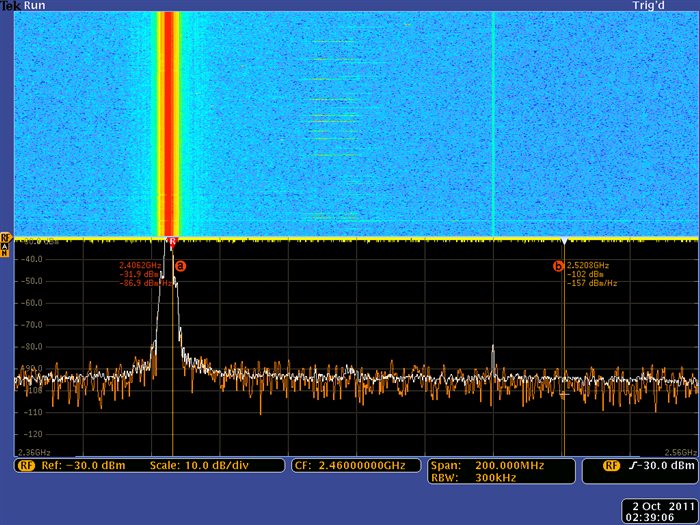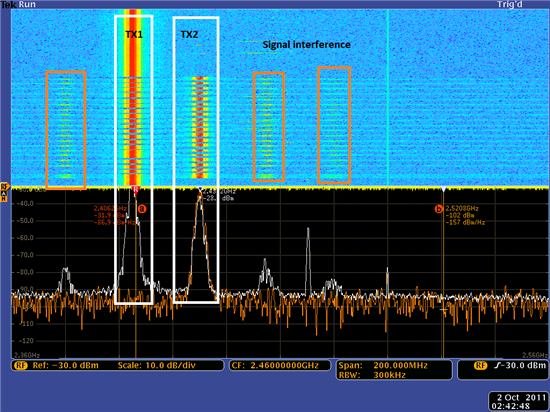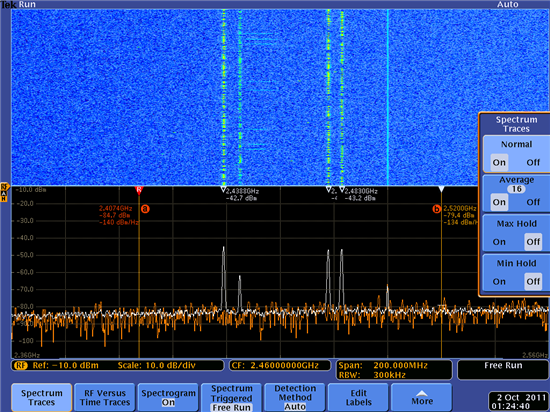I have an application in where I need to use 4 peer to peer connections using simpliciTI, I make sure to use different channels for each peer and different Link token and addresses, I'm sending data each 4 mS, but it seems to be problems when more than one is on, because I start to lost data form the transmitters. If I turn on more peers more data get lost.
I also check the in the spectrum analyzer and the channels are separated between at least 5 channels, I'm using the SOC CC2530 and also the range extender CC2591. Has any body work something like this network who can tell me what could it be happening?




